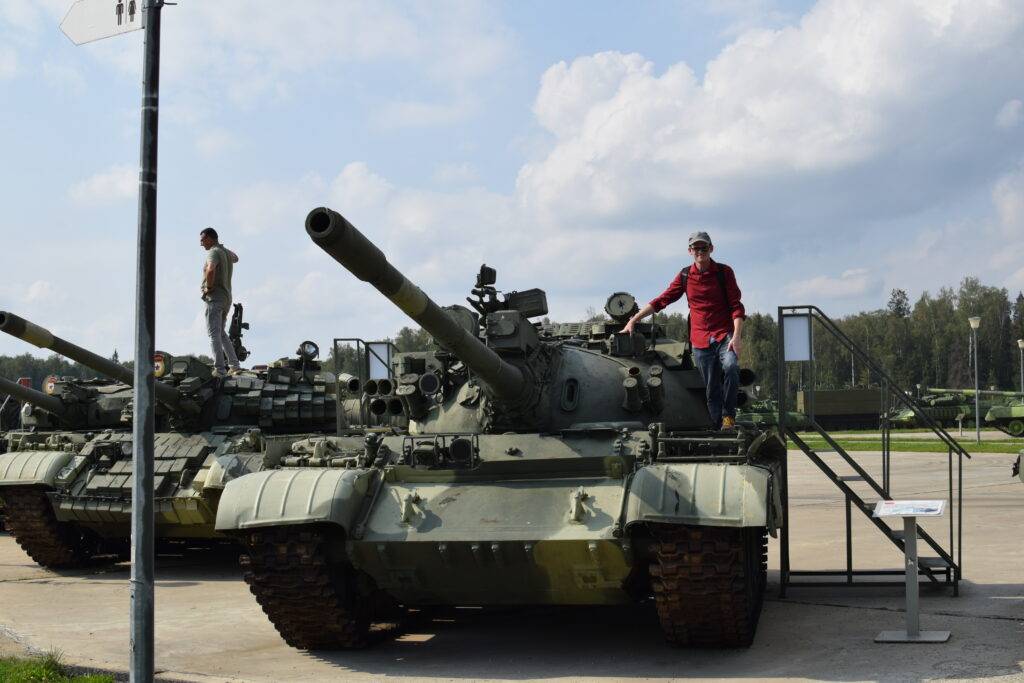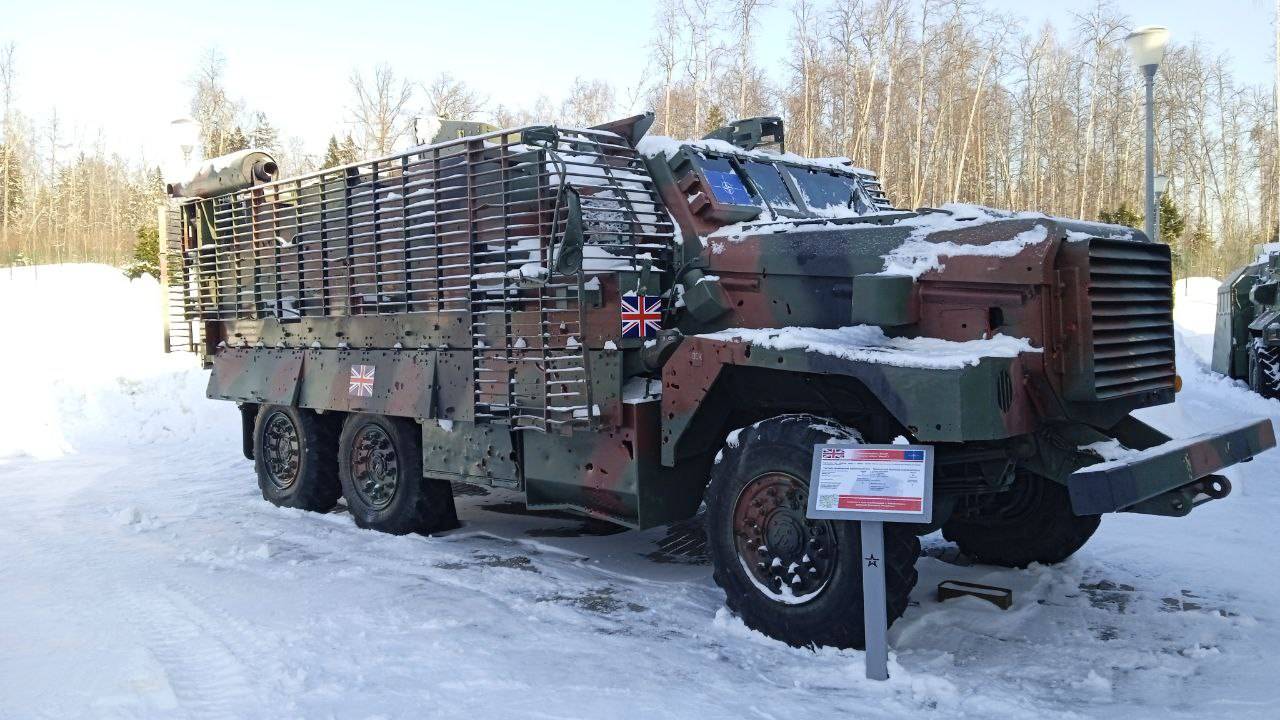NATO initially envisioned Ukrainians as the manifestation of their wet dream of futuristic light infantry. The idea was that Russia would be beaten by small groups of super soldiers using irregular tactics and equipped with iPads able to call in pinpoint-precise air and artillery barrages. I think that’s in part because NATO has not fought a real conventional war in ages, and also because NATO keeps losing to irregular light infantry.
So basically, the UAF was supposed to be the Taliban but with better technology. However, this idea was flawed. NATO kept losing to irregular light infantry so concluded that this is the best way to fight. It’s not, NATO just sucks. It’s somewhat literally like losing a fight to a guy with no arms and concluding that guys with no arms are the best fighters.
What actually kept Ukrainians in the game early on was their massive Soviet era stockpiles. Not only was this useful, it was sort of the Russians’ achilles heel. Armies are built to fight their enemy and his specific set of strengths and weaknesses. When you’re fighting a near-identical version of yourself, whatever advantages you were relying on to win tend to be cancelled out.
The pre-war and early-war infantry-centric NATO shipments were cool and useful, but not even remotely what Ukrainians needed to even theoretically win. But NATO was extremely, painfully slow to figure this out, which is why the arms shipments look so random.
So NATO started with this:
And eventually… eventually… realized that that light infantry super soldier defeating actual conventional armies only works in video games and they needed to send heavy equipment. Unfortunately, most of NATO’s modern vehicle fleet is built to fight the Taliban, not a conventional army. Honestly, I would not give Humvees and MRAPs to my worst enemy.
So Ukraine started as “light super soldier with iPad” and evolved into a weird hybrid Soviet-NATO with all the problems of both and advantages of neither.
Not to say NATO aid is useless, it’s definitely not. Funnily enough, what I consider to be the most absolutely crucial NATO programs are also the ones that get the least fanfare. NATO has probably trillions of dollars in accumulated ISR networks which they’ve focused almost exclusively on Ukraine. If the UAF was fighting blind, they probably would have lost almost immediately.
And to be fair, one element of “light infantry super soldier” that turned out to be useful was massive amounts of military-grade comms equipment.
At this point what really matters is quantity, which NATO is quite famously not particularly good at. Ukraine aid has already exceeded the monetary value of all Lend-Lease shipments to the USSR for World War II, and exceeds the entire Russian defense budget for the same period.
Ian Kummer

Support my work by making a contribution through Boosty
All text in Reading Junkie posts are free to share or republish without permission, and I highly encourage my fellow bloggers to do so. Please be courteous and link back to the original.
I now have a new YouTube channel that I will use to upload videos from my travels around Russia. Expect new content there soon. Please give me a follow here.
Also feel free to connect with me on Quora (I sometimes share unique articles there).



Chadiban. LMAO
Starship Troopers is required reading in the service, isn’t it? I think that’s where this ridiculous idea originates from.
Yes unfortunately that cringe is on the USMC Commandant’s reading list.
Hi Ian, NATO seems to be very good at comms and situation awareness, and the Russians often complain about problems with exactly these on their side, like in Кринки.
Yes, and this is a pretty good museum to visit if you’re ever in Moscow, though it’s a little out of the way.